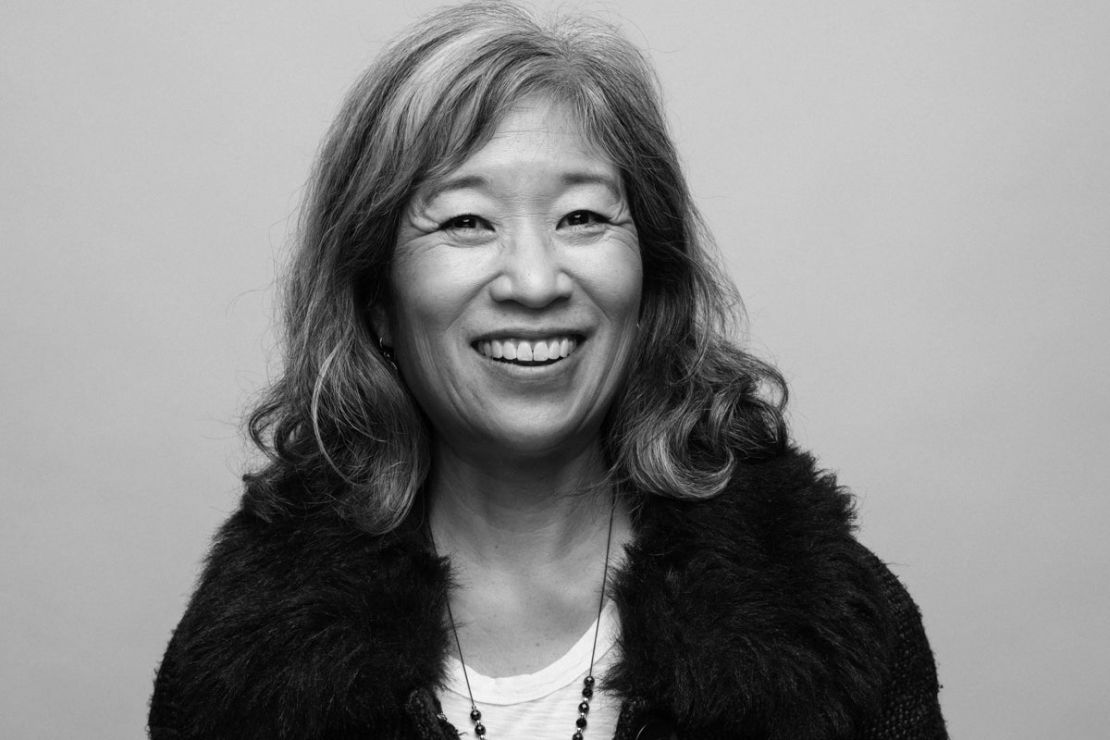As companies add more diversity to their boards of directors, simply bringing in people with a mix of perspectives and experiences is not enough. They must also figure out ways to tap the expertise that diversity offers, says Lori Nishiura Mackenzie, co-founder of the Stanford VMware Women’s Leadership Innovation Lab.
One way is through creating an inclusive boardroom culture. Mackenzie and her colleagues at the lab have collaborated with the California Partners Project (CPP) to develop a series of research-focused and evidence-based “Board Playbooks” to help organizations shift their corporate culture to be more inclusive.
Here, Mackenzie talks about some of that work and how, when making sure all voices on a board are recognized and heard, taking a “small wins” approach can lead to big gains.
Before we talk about the lab’s newest Board Culture Playbook, can you briefly explain what boards do and why board culture is important to an organization?
Boards can play a critical role in setting the tone for the organization. When you hear about ‘top-down,’ this is where it begins. The CEO participates on the board; thus good board practices have a chance of influencing the company culture.
Boards perform duties of strategic planning and oversight. Their directors help organizations navigate challenges and craft future directions by tapping into their expertise and asking critical questions. While they have the responsibility to hire and fire the CEO, they do not get involved with their day-to-day operations. In other words, directors are credible advisors who ensure shareholder and affiliated interests are well looked after.
Board culture can foster better decision-making, which is good for everyone. As Joseph Grundfest, a senior faculty member with the Rock Center on Corporate Governance at the Stanford Law School explains, “No corporation is better than its culture, and boardroom culture is an essential part of corporate culture.”
We believe this work can have an impact beyond the boardroom.
Why might board dynamics be an issue?
Many boards operate with implicit (meaning implied or assumed) rules of engagement. Many group habits – such as the order in which people speak, where they tend to sit at the table, and when and how questions are asked – are often unexamined but implicitly expected. When evaluated, however, many groups discover that their norms are not effective for the individuals in the room and the tasks at hand. In fact, certain norms may inadvertently prevent the group from leveraging the expertise of some group members.
Can you give an example?
Take the way meetings are run. Many meetings have implicit norms of speaking up when you have something to say. Yet what we heard in our director interviews is that this approach often results in a few voices dominating the conversation. They shared that when the board chair intentionally facilitated participation, the conversation was richer and surfaced more concerns and ideas. As we all know, old habits are sticky. So, our playbook focuses on practices that are simple yet meaningful. For example, before jumping into the conversation, take a moment to “set the tone” so that everyone is on the same page and intentionally set a tone that values diversity in ideas, experiences, and approaches. Then, encourage participation by all. One simple practice is to go around the room before concluding; not every director has to comment, but it creates a space for each person to add their perspective. While these might feel like small steps, they are the building blocks of an inclusive culture. Small steps can really add up to larger change.
How can the Broad Culture Playbook help facilitate these small steps?
Our lab’s research on creating inclusive organizations takes a “small wins” approach to change. Instead of tackling everything at once, our research focuses on a targeted area of change so that the organization can learn what works and what doesn’t work, iterate, and then roll out key learnings and insights. Thus, small wins can lead to big impact by focusing first on something that is potentially doable.
This “small wins” approach is woven throughout the Board Culture Playbook. In the playbook, we present five areas to evaluate the culture, such as establishing inclusive norms and consistently intentionally mentoring new members; then we offer tangible ways to improve, step-by-step.
How did you develop the Broad Culture Playbook?
We know that no matter how good an idea for change is, if the people who are doing the work cannot imagine themselves enacting the change, it will not work! In the case of the Culture Playbook, we worked with our Inclusive Boards Playbook collaborator, the California Partners Project (CPP), to interview dozens of directors to find out what practices they wish more boards would adopt. We then paired these practices with research-based frameworks. Through the process, we looked at ways to center on the experiences of people who have typically been underrepresented on boards with an aim to elevate their voices.
The lab also created a Board Diversity Playbook. How does your new playbook build upon that work?
Many boards are seeking to diversify their membership to bring new expertise and perspectives to their decision-making tables. For example, they may seek to include different subject-matter experts or people whose lived experiences contribute to the board’s overall wisdom. The first Board Diversity Playbook (also a collaboration with CPP) seeks to provide tangible steps for inclusive board recruitment. Yet as we know from many studies, diversity is not enough. The organizational context, or culture, must shift to unleash the power of diversity. That is why we see these two playbooks working so well together. The first focuses on increasing diversity; the second, on ways to unlock the value of the varying voices in the room.
I believe people have so much to offer. If we create the context for them to successfully contribute, we all benefit. That makes me feel optimistic about our collective future.
The Stanford VMware Women’s Leadership Innovation Lab is part of the School of Humanities and Sciences.
